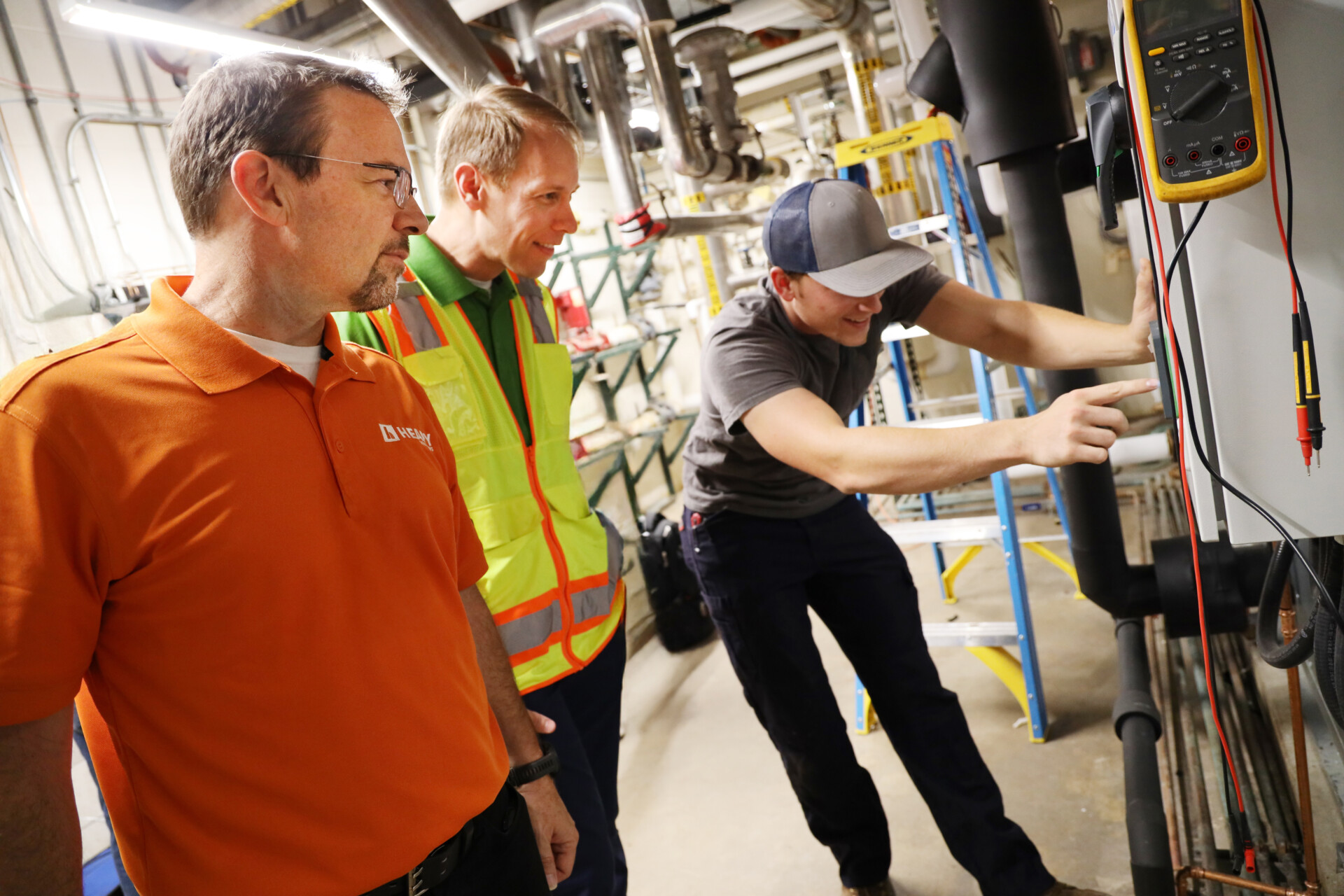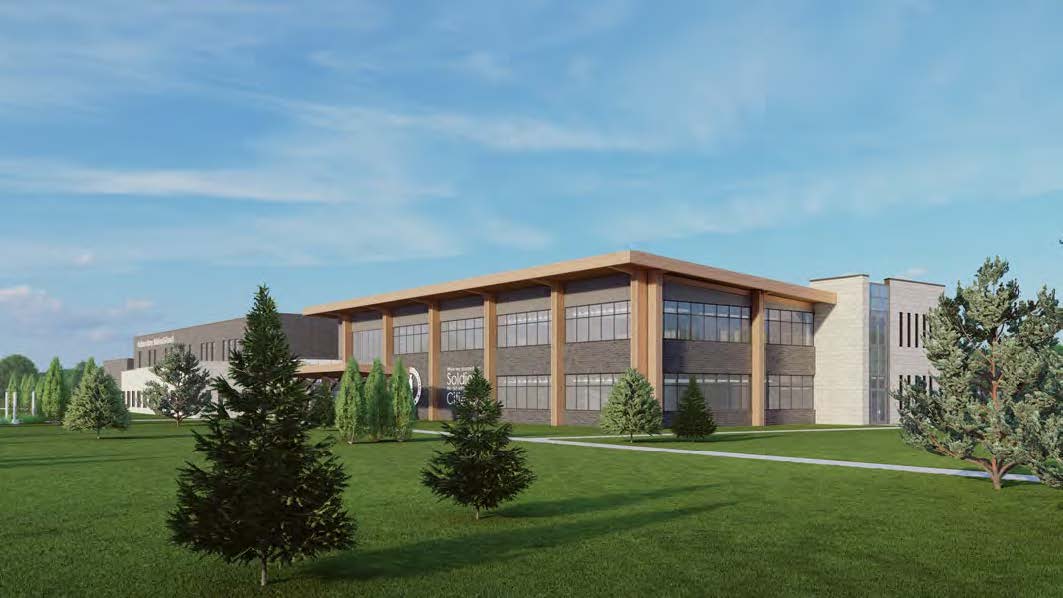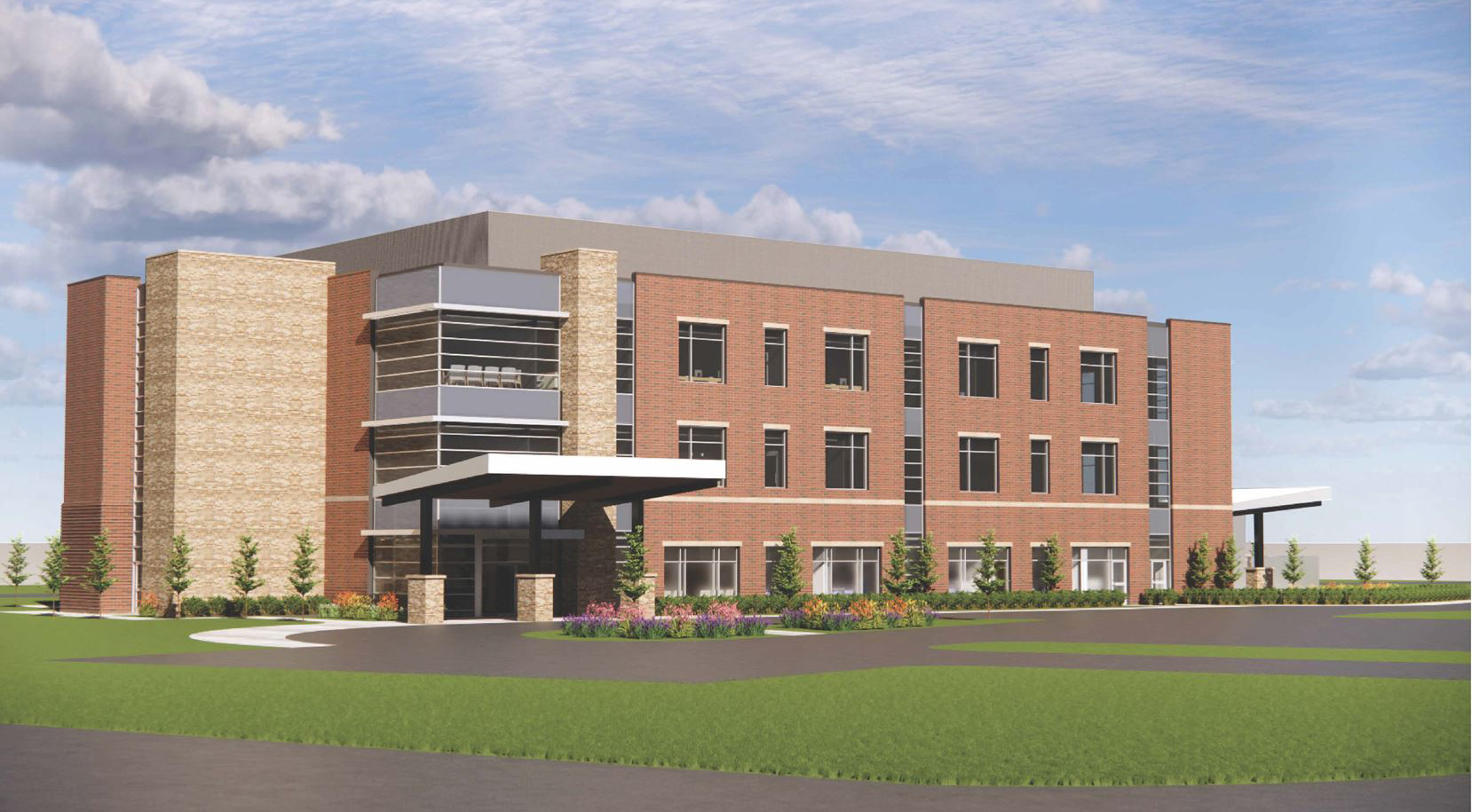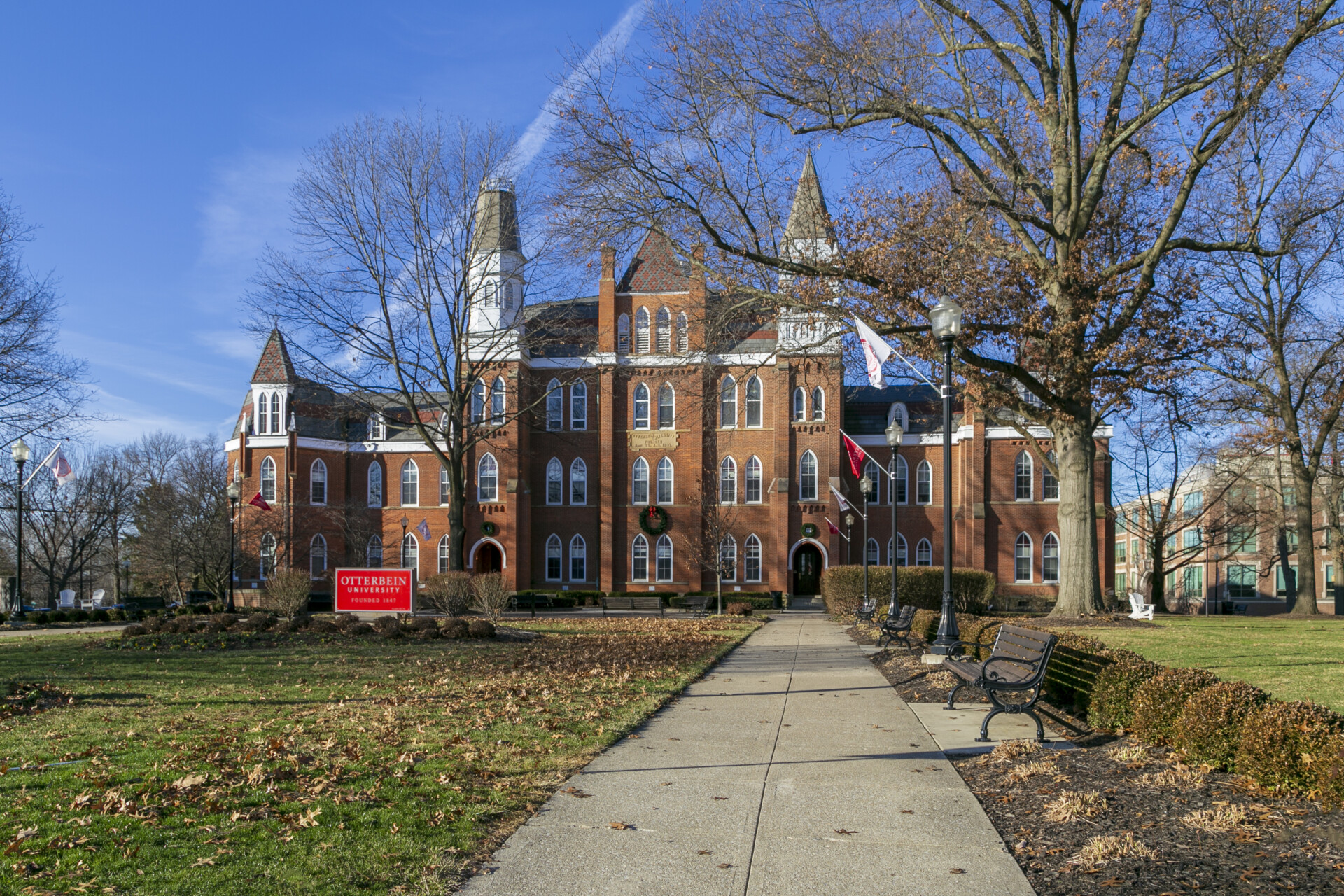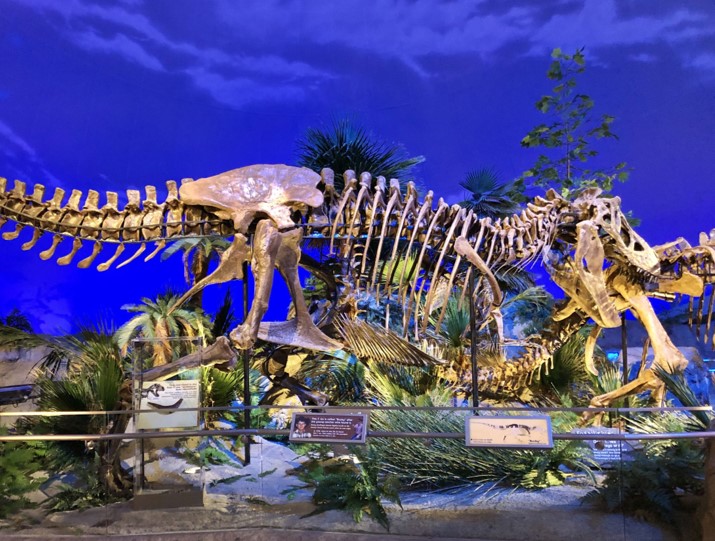Mercy Health West Hospital
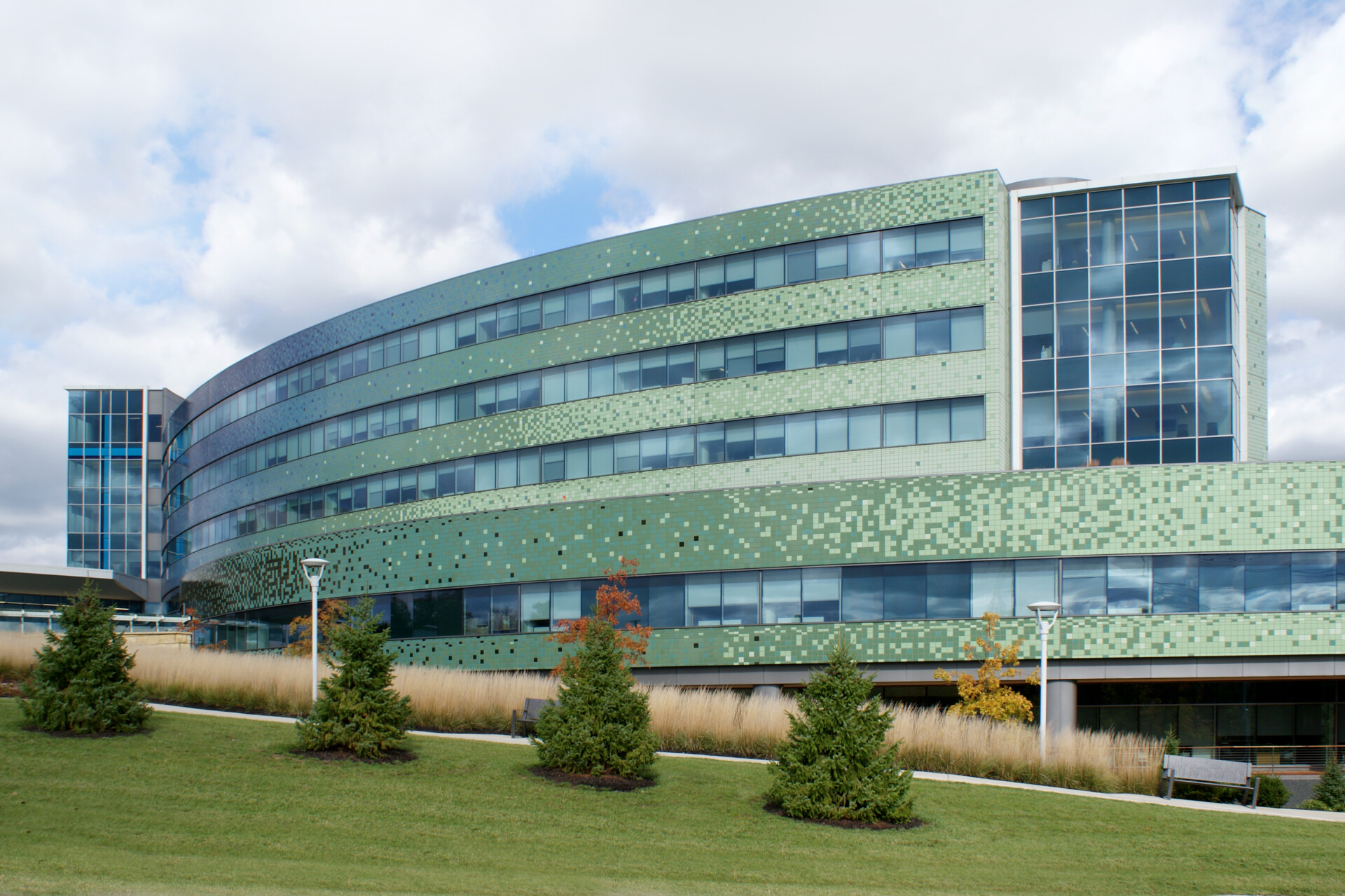

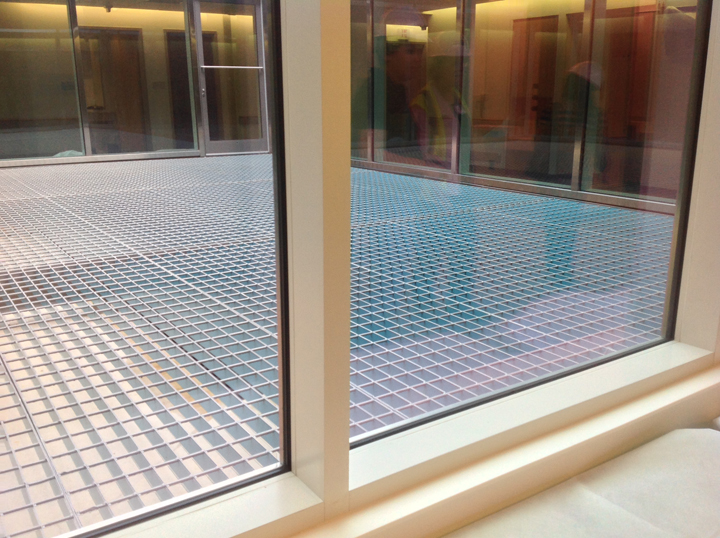
Cost $180,000,000
Size 638,000 SF
Mercy Health engaged HEAPY to provide engineering design for a new, 638,000 SF, 250-bed facility that was constructed on a 60-acre campus. The $180,000,000 project includes designing amenities such as private patient rooms with unobstructed views of the outdoors, family-centered care rooms, an environmentally friendly design, a community center, and an education center. The exterior included plenty of green space, a water garden, and a walking/biking trail.
Steam boilers were used for humidification. The steam plant consists of one (1) 125 BHP steam boiler and was designed to accommodate an additional 125 BHP steam boiler for future expansion. Deaerator and feed-water pumps are also included. Boiler flues were extended individually to the roof and incorporated a stack economizer to pre-heat the boiler make-up water. A flash economizer was included to recover heat from the boiler blowdown water.
Innovation
With the desire to have all of the AHUs in the lower level to allow for vertical expansion and the need to have natural light on the large first floor, HEAPY integrated air intakes and reliefs into architectural light wells collaborating to solve two issues with one solution.
prefabrication
HEAPY worked with the entire team to plan for prefabrication early in design resulting in a schedule reduction of over 3 months. Approximately 60% of all the MEP systems on the patient floors, consisting of corridor racks, were constructed before the building was topped out. Over 240 completely fabricated toilet pods, including tiled walls and all fixtures, were also constructed using prefabrication, allowing them to be set in place and connected quickly on-site.
collaboration
The design included the largest green roof in Ohio at the time. The architect desired to keep it clean of all MEP equipment. HEAPY worked with the architecture team to create screened areas in two locations to allow the roof equipment to be grouped and keep the majority of the roof area clean. This also required coordination on the floor below to allow all the various systems to get to those locations.
